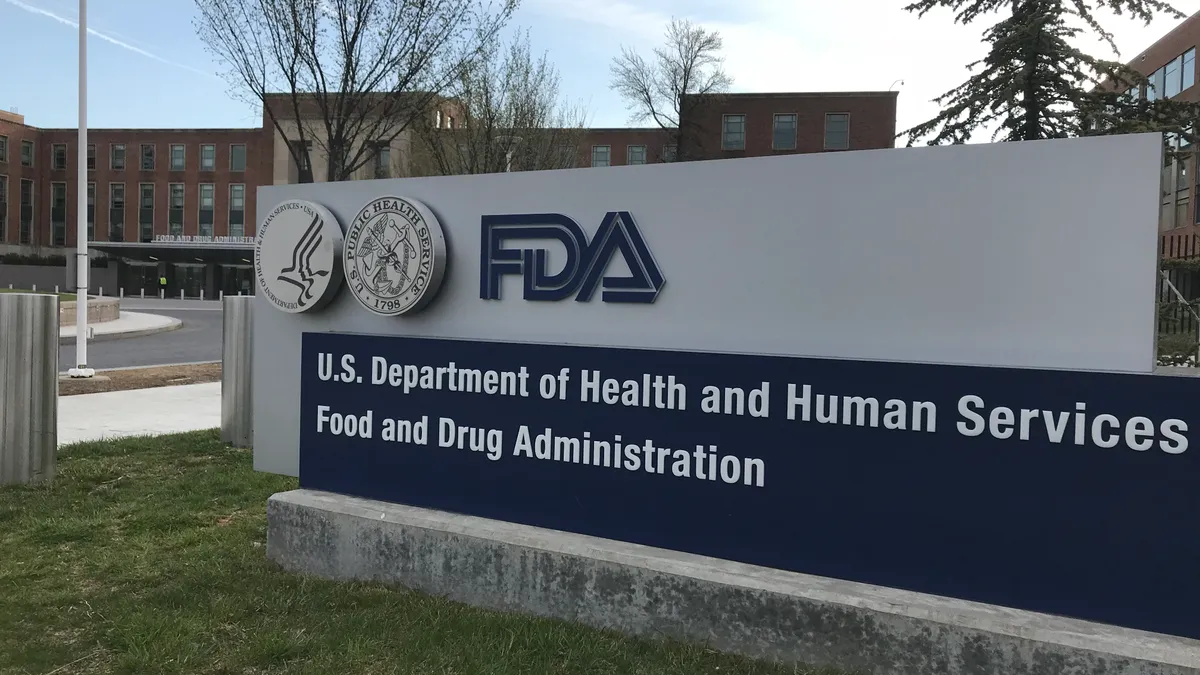Dive Brief:
- FDA Thursday launched the first two so-called collaborative communities, which aim to bring together a wide range of private and public stakeholders to solve challenges related to medical device innovation.
- The first, a community around building the National Evaluation System for health Technology (NEST), will work to link data from clinical registries, electronic health records and insurance claims data to create more robust real-world evidence.
- The second is focused on creating best practices and standards for the ophthalmic imaging field.
Dive Insight:
Creation of these stakeholder collaborations, whose members might include payers, federal and state agencies, medical device manufacturers, international regulatory bodies, patients and healthcare professionals, was named as one of the FDA device center's 2018-2020 strategic priorities.
“Part of our work assuring patients and health care professionals have timely and continued access to safe, effective and high-quality medical devices involves collaboration with diverse stakeholders," Center for Devices and Radiological Health Director Jeff Shuren said in a statement. "We know we can achieve better outcomes in protecting and promoting public health when key stakeholder groups work together to achieve shared outcomes and solve shared problems."
Once created, communities tasked with addressing challenges can exist indefinitely, according to FDA. The agency is not tasked with leading the bodies, but instead is a member that can "consider adopting the solutions developed by the body if doing so is in the best interest of the public health and is consistent with the law." FDA wants to participate in 10 communities by the end of 2020.
The NEST collaborative community is being formed as the system prepares to be capable of accepting external projects by the end of 2019. The goal for the group is to "develop methodologies designed to drive down the time and cost of real-world data collection."
The Ophthalmic Imaging Collaborative Community is focused on figuring out how natural language processing and other new technologies can help diagnose, manage and treat eye disease.










